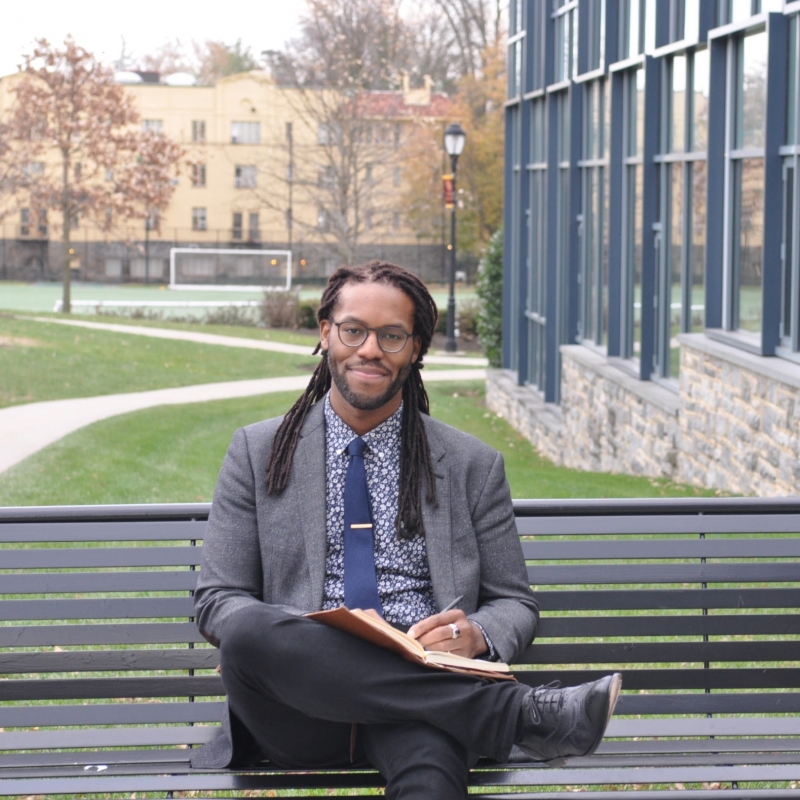Brendon Jobs, GED’11
“Antiracism asks for the real democratization of both the academic and social experience of school.”
“Silence is no longer benign or acceptable,” says Brendon Jobs, GED’11, director of diversity, equity, and inclusion at The Haverford School. “As schools begin to develop the practical frameworks that define and develop antiracist communities, past non-racist approaches of simply auditing or studying the problem with little or sluggish action simply don’t cut it. Rightly, taken alone, these approaches are viewed with suspicion and distrust. Antiracism asks for the real democratization of both the academic and social experience of school. Equity calls for power sharing in ways often resisted in the past. Many schools have entered a system-wide inquiry on antiracism that has the potential to make fundamental changes to confront the past while growing the capacity to respond to biased incidents and patterns of racism, patriarchy, homophobia, and ableism at school. In a recent interview with the Black Teacher Project, Andrea Fullington, GED’10, shared that the heartbeat of her practice requires that she ‘ally with youth energy’ to educate in the interest of freedom. Allying with youth energy helps me navigate my own positionality in this work. The hopefulness and expectation of progress that undergirds that energy offers me clarity where there appears to be competing interests and courage when faced with the risks of shaking the status quo. As schools continue developing pathways for remaking themselves as antiracist institutions, youth energy can offer some guiding light. The space to take action—wrenched open by an international protest movement for Black Lives in the middle of a global pandemic—might be short. This time feels like a momentous gift we must not squander. Rather than ‘getting back to normal’ on the other side of this pandemic, the hope is that schools emerge from it more critically informed, meaningfully connected, and therefore transformed in practice.”

